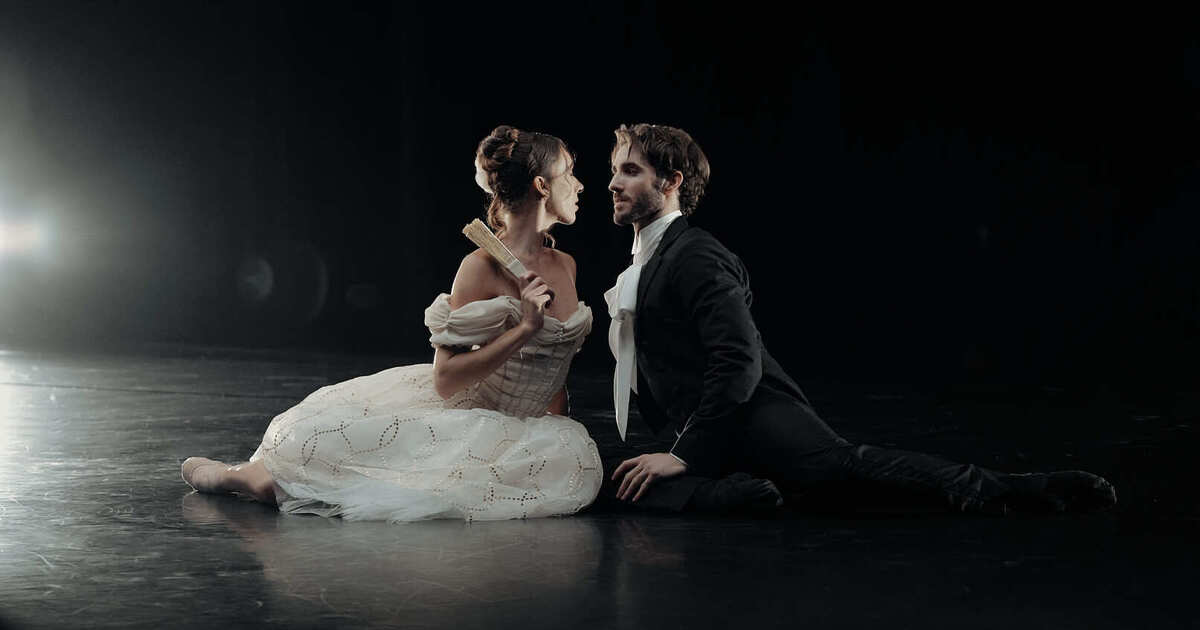La Dame aux Camélias: Peter Quanz's New and Beautiful Ballet
"There sometimes comes a moment in a choreographer’s career where inspiration, imagination, and dramaturgy ally in a very special way."

By Gary Smith
There sometimes comes a moment in a choreographer’s career where inspiration, imagination, and dramaturgy ally in a very special way. As an audience member, there are sometimes moments when movement becomes more than steps, more than storytelling, when something happens onstage that lifts you out of your theatre seat and into the heart and soul of a passionate narrative.
These very things happened opening night at Place Ville Marie in Montreal, when Les Grands Ballets Canadiens premiered Peter Quanz’s stunning La Dame aux Camélias, running October 19-28. Quanz has taken Alexandre Dumas fils’ tale of doomed lovers Marguerite and Armand, creating from their troubled romance a world that penetrates surface notions of love, lust, regret, and tragedy. He plunges us into the heart of the demimonde of mid-19th-century France. He has done it with a letter sent by the desperate courtesan, Marguerite Gautier, to her beloved Armand and through a prologue he has distilled from the novel itself.
Words in fact are everywhere in this deeply felt ballet, which begins with writing scrawled black on white across the filmy house curtain. A narrator speaks them in French, while the performers dance their meaning in a most contemporary way. And then, in the ballet’s final devastating moments, there is a coup de théâtre, a glorious moment of theatre and dance as letters drift languidly down from high up in the theatre’s fly gallery. The three dancers who portray Marguerite disappear into whirling circles of corps de ballet members, never to be seen again, never to be used by men, used up by the world.
Such moments of high theatre are everywhere in this ballet, which is both big and small in its dramatic landscape. Big because it suggests a world where women are objects of desire, seldom treated as more than glamorous playthings. Small because it focuses tightly on Marguerite and her Armand, who ultimately is revealed here as a male user who takes far more than he gives.
In offering three Marguerites, paired by three Armands, Quanz explores facets of the title character at various key moments in their relationship. The three captivating, dramatically astute ballerinas who play Marguerite do not look the same, yet they seem to take on the same appearance, the same heartbreak.
The choreography is powerful, yet exquisite. It is classical, or perhaps more correctly neo-classical, as you might expect if you know Quanz’s love of ballet. But it has a contemporary feel, particularly through the simple physical trappings that help to create its intimate world.
Click the link in the sidebar to read the full review on the Vancouver Ballet Society website.